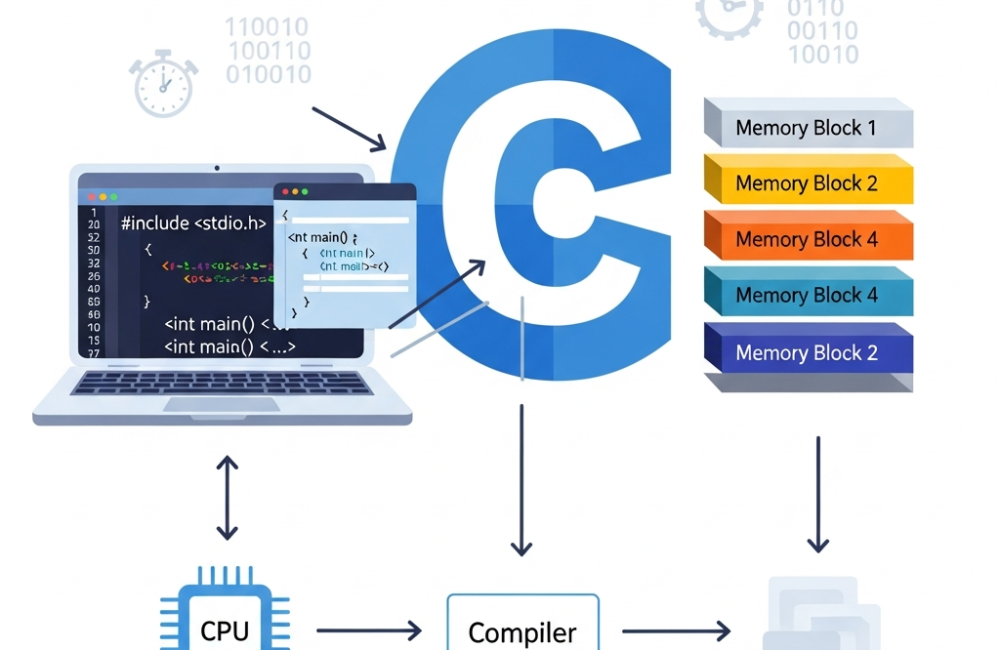WordPress has come one of the most influential platforms in the digital world, powering further than 43 of all websites across the globe. Its rise comes from its simplicity, inflexibility, and the capability to produce nearly any type of website without taking deep programming knowledge. From blogs and business websites to eCommerce stores and online courses, WordPress offers endless possibilities for newcomers and professionals likewise. One of the biggest advantages of WordPress is that anyone can start using it. Indeed if you have no specialized background, you can make and manage completely functional websites with the help of themes, plugins, and intuitive tools. At the same time, if you enjoy learning programming, WordPress allows you to go deeper by customizing designs, creating plugins, or developing advanced features. Because of this inflexibility, WordPress inventors enjoy strong demand and excellent earning openings, with numerous professionals earning$ 37,000 or further annually depending on their chops and experience. This companion walks you through everything you need to know about getting a WordPress inventor, explained in clear and detailed sections to make your literacy trip easier.
Advantages of C Programming
C remains a highly popular language worldwide and is ideal for beginners. It has a simple syntax, fewer keywords, and a clean structure. The language is easy to understand, and there are many libraries available to perform different tasks.
C is also portable because it is based on ASCII characters. It works well across platforms like Android, iOS, Windows, Linux, and macOS. C programs run fast because the language uses fewer instructions and compiles into highly efficient machine code.
One of the biggest advantages of C is its speed. C compilers generate fast executable files that allow programs to run efficiently. Data structures and algorithms implemented in C are extremely fast, making it perfect for applications that need high performance.
Disadvantages of C Language
Even though C is powerful, it has a few disadvantages. C is not an object-oriented language, so it does not support features like inheritance and polymorphism. The programmer has full responsibility for memory, which means there is no automatic garbage collection. If you want dynamic memory, you must allocate it manually using functions like malloc().
Because of manual memory management, programmers must be careful to avoid memory leaks and pointer errors. Another limitation is that C does not perform runtime checking after every line of code, so errors may appear only during execution.
C also exposes hardware-level capabilities. While this provides power, it also means the language is less safe if used incorrectly.
About Source Code
Once you understand your first C program, you will see it always starts with the main() function. The opening { and closing } brackets represent the start and end of the program. Every statement inside these brackets ends with a semicolon.
Here is a simple example:
#include <stdio.h>
int main(void) {
printf(“Hello, friend!”);
}
C programs rely on libraries. For example, stdio.h provides the printf() function. The main() function is the entry point of every C program. It can be written in different forms like int main(), void main(), int main(void), or simply main().
Understanding the structure and meaning of these functions is the first step in learning C.

Understanding of C Language
Comments in C are used to explain code or make notes about the logic. They improve readability and help developers understand the purpose of the code. Comments are ignored by the compiler during execution.
C programs follow a sequential flow unless modified by loops or conditional statements. The language is small, and anything not included in the core is available through libraries. Programmers often use external libraries to add more features.
Character Set
C programming language uses its own set of characters. A program is nothing but a set of instructions written with these symbols.
C character set includes:
Letters
Digits
Special symbols
Whitespace characters
These characters form the foundation of constants, variables, identifiers, keywords, and operators.
C Data Types
A variable is an identifier that stores a value. C provides many data types so developers can choose the correct type based on the requirement.
Three main data type categories:
Primitive (basic) – int, float, char, double, void
Derived – arrays, pointers, structures, unions
User-defined – typedef, enum
For example:
intstores whole numbersfloatstores decimal numberscharstores single charactersdoublestores double-precision valuesvoidmeans “no value”
Each data type uses a specific amount of memory depending on the system.

Operators
Operators let you perform different operations on data. C provides many types of operators, such as:
Arithmetic operators
Logical operators
Comparison operators
Pointer operators
Structure operators
Bitwise operators
These operators help programmers perform calculations, compare values, check conditions, and manage memory.
Arrays
An array is a collection of values of the same data type. For example, you can have an array of integers or an array of doubles. Arrays help store multiple values under a single name, and each value is stored in a continuous memory location.
Arrays are extremely useful in loops, algorithms, sorting, searching, and manipulating lists of data.
Conclusion
From the above guide, you can understand both the advantages and disadvantages of this classic yet powerful programming language. C is still relevant and useful in modern software development. Beginners do not need advanced skills to start learning C. However, becoming a professional requires strong knowledge of data structures, memory handling, and algorithms.
You can begin your C language journey by studying books, practicing programs, and joining quality training programs.
If you’re ready to learn C programming from expert trainers, APEC Training (Hyderabad) offers beginner-friendly and industry-aligned C Programming Courses. You will learn fundamentals, practice real-time code, and build strong concepts that help you succeed in placements or career transitions.
👉 Join APEC Training today and start your journey toward becoming a skilled C programmer.




